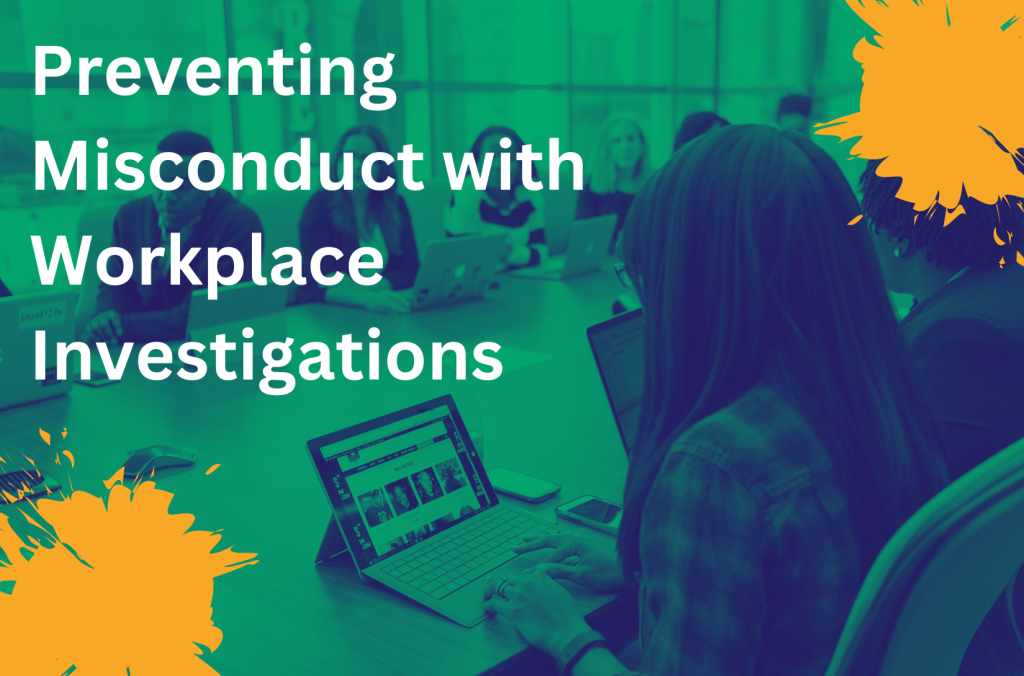Corporate Security for Holiday Events: Preventing Employee Misconduct

Aiming to raise team cohesiveness and morale, the holiday season sometimes offers cheerful business meetings. However, These incidents can result in employee misbehavior, exposing businesses to major legal and reputation hazards. According to a Society for Human Resource Management survey, 36% of companies have seen corporate security involving improper behavior and heavy drinking at holiday […]
DOJ’s New Corporate Whistleblower Program – What You Need to Know

The U.S. Department of Justice (DOJ) started a new corporate whistleblower test program on August 1, 2024. The goal of the program is to make businesses more open and responsible. This program is meant to get people to report wrongdoing at work by giving them money if they do. People who give information can then […]
Understanding the Psychology of Workplace Violence

Found yourself in a confrontation with a colleague in the workplace? How well did this incident settle with you, and what strategies did both parties use to solve the problem? These are the kinds of questions that immediately come to mind whenever workplace violence is mentioned. How best to approach such type of squabble in […]
Navigating Legal and Ethical Challenges in Employee Investigations

Proactive Strategies for Preventing Workplace Violence

Preventing Workplace Harassment and Discrimination.

The Role of Due Diligence in Hiring and Vendor Selection

Safeguarding Your Workplace: Strategies to Prevent Theft and Fraud.

Preventing Misconduct with Workplace Investigations

Workplace investigations should be conducted periodically to ensure that crimes are not going unnoticed within organizations. A thorough workplace investigation can help uncover many types of crimes, from harassment, discrimination, and forgery to theft. A workplace investigation is a process through which an organization uncovers and discovers facts about complaints related to misconduct, violence, harassment, […]
Workplace Investigation: Types of Employee Violations

Most organizations are increasingly experiencing violations from their employees, and when necessary, a workplace investigation must be conducted. Even though some violations are more severe than others, they can harm the employee and the organization. They can be broadly classified under three major categories; 1. Routine violation A routine violation occurs when employees […]